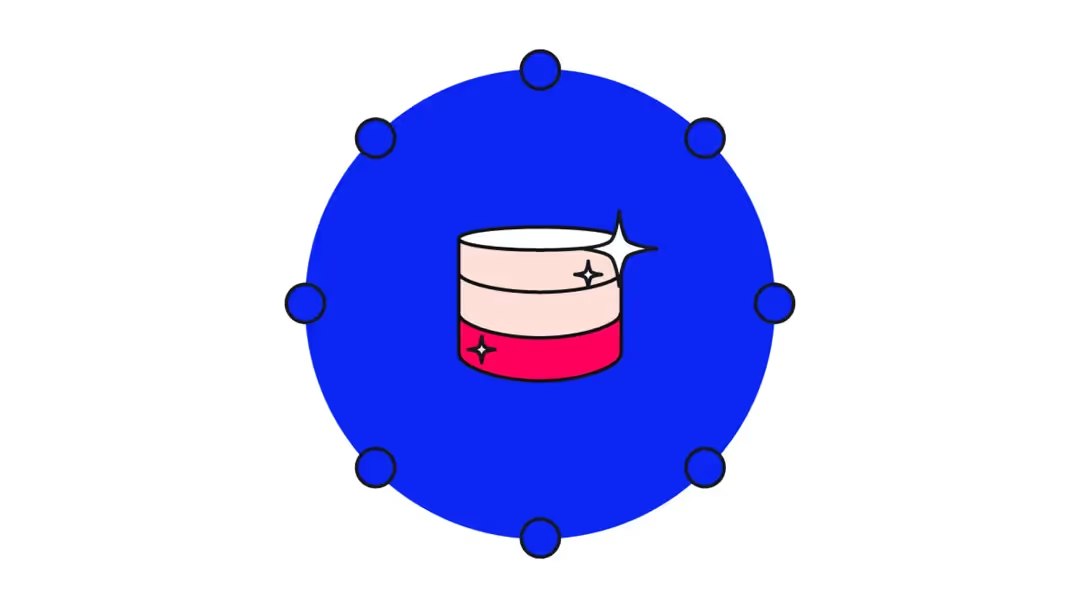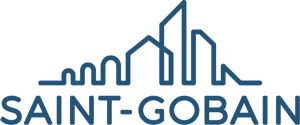Shared Understanding. Ultimate Confidence. At Scale.
When everyone knows your data is systematically validated for quality, understands where it comes from and how it's transformed, and is aligned on freshness and SLAs, what’s not to trust?















Always Fresh. Always Validated.
No more explaining data discrepancies to the C-suite. Thanks to automatic and systematic validation, Sifflet ensures your data is always fresh and meets your quality requirements. Stakeholders know when data might be stale or interrupted, so they can make decisions with timely, accurate data.
- Automatically detect schema changes, null values, duplicates, or unexpected patterns that could comprise analysis.
- Set and monitor service-level agreements (SLAs) for critical data assets.
- Track when data was last updated and whether it meets freshness requirements

Understand Your Data, Inside and Out
Give data analysts and business users ultimate clarity. Sifflet helps teams understand their data across its whole lifecycle, and gives full context like business definitions, known limitations, and update frequencies, so everyone works from the same assumptions.
- Create transparency by helping users understand data pipelines, so they always know where data comes from and how it’s transformed.
- Develop shared understanding in data that prevents misinterpretation and builds confidence in analytics outputs.
- Quickly assess which downstream reports and dashboards are affected















Still have a question in mind ?
Contact Us
Frequently asked questions
What if I use tools that aren’t natively supported by Sifflet?
No worries at all! With Sifflet’s Universal Connector API, you can integrate data from virtually any source. This flexibility means you can monitor your entire data ecosystem and maintain full visibility into your data pipeline monitoring, no matter what tools you're using.
How does Sifflet help with anomaly detection in data pipelines?
Sifflet uses machine learning to power anomaly detection across your data ecosystem. Instead of relying on static rules, it learns your data’s patterns and flags unusual behavior—like a sudden drop in transaction volume. This helps teams catch issues early, avoid alert fatigue, and focus on incidents that actually impact business outcomes. It’s data quality monitoring with real intelligence.
What are some best practices for ensuring data quality during transformation?
To ensure high data quality during transformation, start with strong data profiling and cleaning steps, then use mapping and validation rules to align with business logic. Incorporating data lineage tracking and anomaly detection also helps maintain integrity. Observability tools like Sifflet make it easier to enforce these practices and continuously monitor for data drift or schema changes that could affect your pipeline.
What are Sentinel, Sage, and Forge, and how do they enhance data observability?
Sentinel, Sage, and Forge are Sifflet’s new AI agents designed to supercharge your data observability efforts. Sentinel proactively recommends monitoring strategies, Sage accelerates root cause analysis by remembering system history, and Forge guides your team with actionable fixes. Together, they help teams reduce alert fatigue and improve data reliability at scale.
How does Sifflet support data quality monitoring for business metrics?
Sifflet uses ML-based data quality monitoring to detect anomalies in business metrics and alert users in real time. This enables both data and business teams to quickly investigate issues, perform root cause analysis, and maintain trust in their data.
How can data observability support a Data as a Product (DaaP) strategy?
Data observability plays a crucial role in a DaaP strategy by ensuring that data is accurate, fresh, and trustworthy. With tools like Sifflet, businesses can monitor data pipelines in real time, detect anomalies, and perform root cause analysis to maintain high data quality. This helps build reliable data products that users can trust.
How does Sifflet help identify performance bottlenecks in dbt models?
Sifflet's dbt runs tab offers deep insights into model execution, cost, and runtime, making it easy to spot inefficiencies. You can also use historical performance data to set up custom dashboards and proactive monitors. This helps with capacity planning and ensures your data pipelines stay optimized and cost-effective.
How does data observability differ from traditional data quality monitoring?
Great question! While data quality monitoring focuses on detecting when data doesn't meet expected thresholds, data observability goes further. It continuously collects signals like metrics, metadata, and lineage to provide context and root cause analysis when issues arise. Essentially, observability helps you not only detect anomalies but also understand and fix them faster, making it a more proactive and scalable approach.




















-p-500.png)
